Israel sent tanks into southern Gaza on Monday as it launched an “aggressive” new phase in its ground offensive.
The Israel Defense Forces (IDF) carried out airstrikes on the main southern city of Khan Younis overnight and urged residents in some neighbourhoods to flee.
Benjamin Netanyahu, Israel’s prime minister, has vowed to root out Hamas in the densely populated south of Gaza.
The US has urged him to restrain any operations, given that hundreds of thousands of refugees have fled to the south and cannot escape into Egypt because the border is closed.
On Monday morning, the IDF published a map online with around a quarter of Khan Younis marked off with an order to evacuate.
Three arrows pointed south and west, telling people to flee 20 numbered blocks and head further towards the Mediterranean sea and the Egyptian border.
Dozens of tanks were later seen heading towards Khan Younis down the main north-south road in the territory, Salah-al Din.
The IDF said it was taking “aggressive” action against “Hamas and other terrorist organisations” in the city.
Yoav Gallant, Israel’s defence minister, said that the fate of Hamas battalions in the south would be “the same and those in the north and worse”.
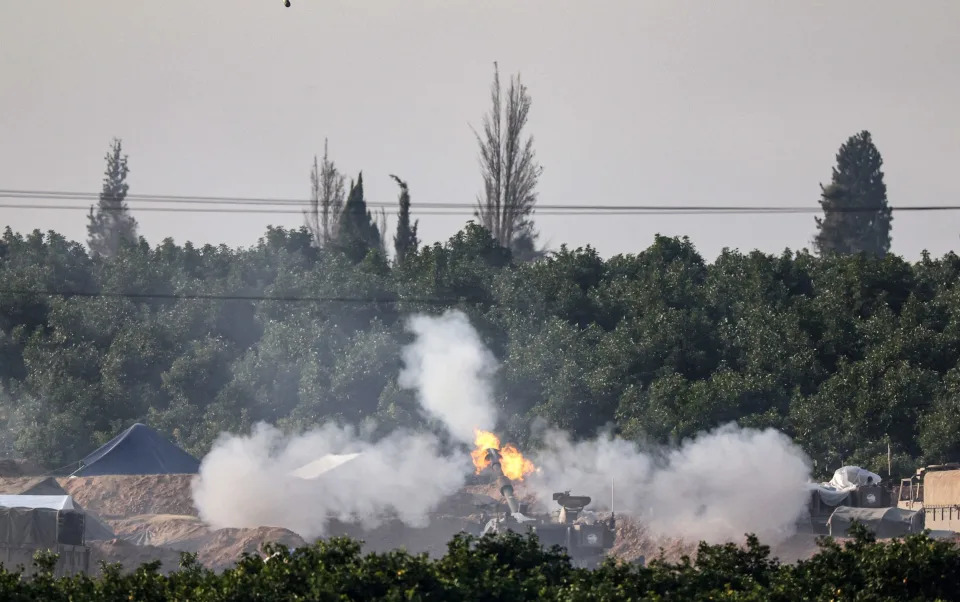

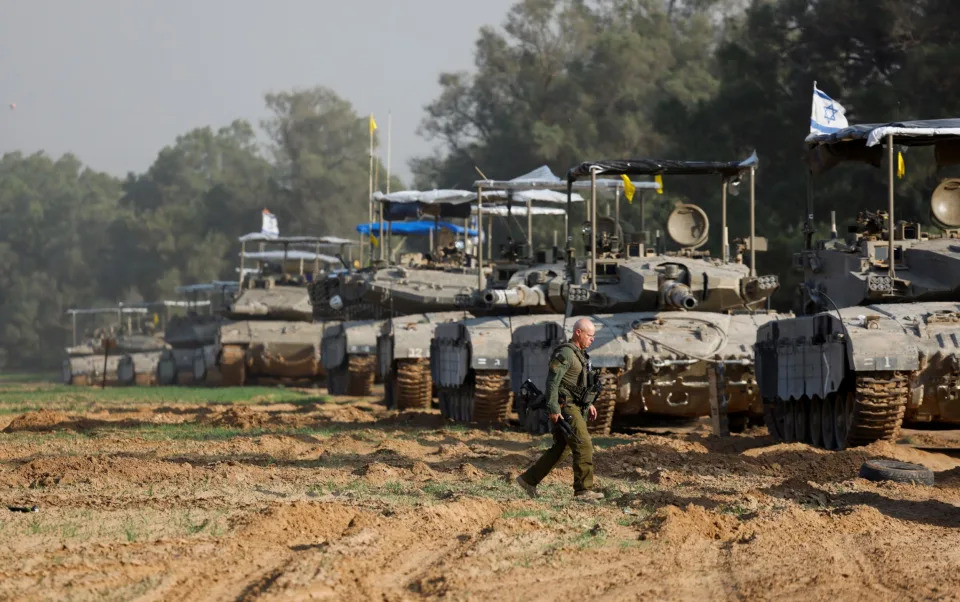
Israel’s war cabinet was later on Tuesday set to agree to significantly increase the amount of aid allowed into Gaza, according to reports.
The US has demanded it permit 200 aid and fuel trucks to enter per day, Axios news website said.
Israeli officials say they have provided a safe zone for civilians in Al-Masawi, but aid agencies argue the tiny coastal area, about the size of Heathrow airport, is too small to accommodate fleeing civilians.
Also on Monday, IDF troops demolished the main courthouse in Gaza in the centre of the Strip, releasing footage of the five-story building crumbling to the ground.
Palestinian residents of Khan Younis spoke of confusion and terror amid the round of airstrikes and evacuation orders.
Samia Adel, a 39-year-old doctor, said she was desperate to escape but had no idea where to go.
“I don’t know what I’m doing … it’s a nightmare,” she told the Telegraph.
“I’m looking for somewhere to go. I thought they would have allowed us to return to Gaza City when they started in the south. I can’t find words to describe how I feel. It’s grim.”
Residents in one neighbourhood of the city told The Telegraph they had not received orders to evacuate before an airstrike hit on Sunday night.
Photographs from the scene showed blown-out windows and dust rising from destroyed buildings.
Rents have risen dramatically in Rafah, on the Egyptian border, and many families are being pushed to sleep out in the open in freezing temperatures.
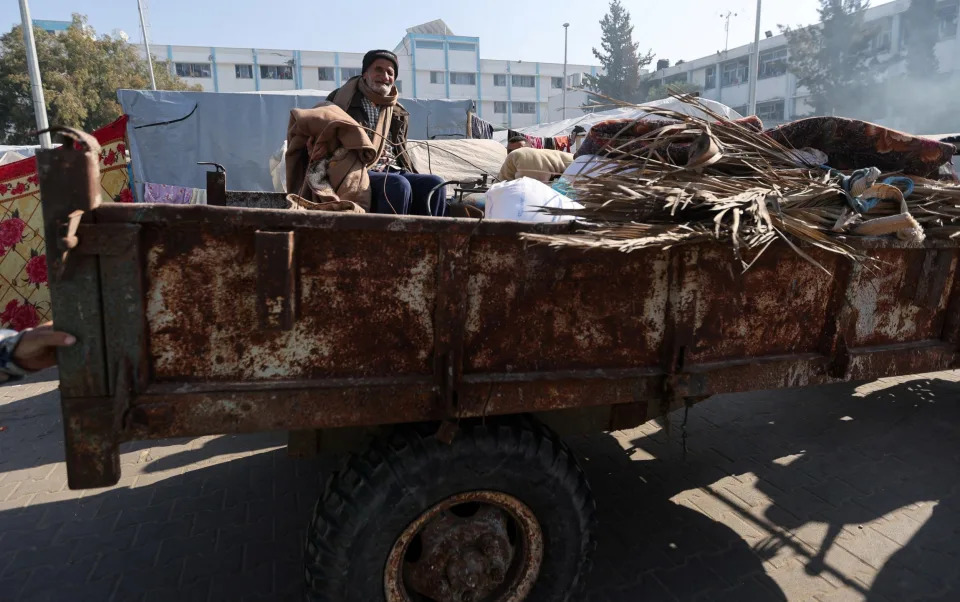
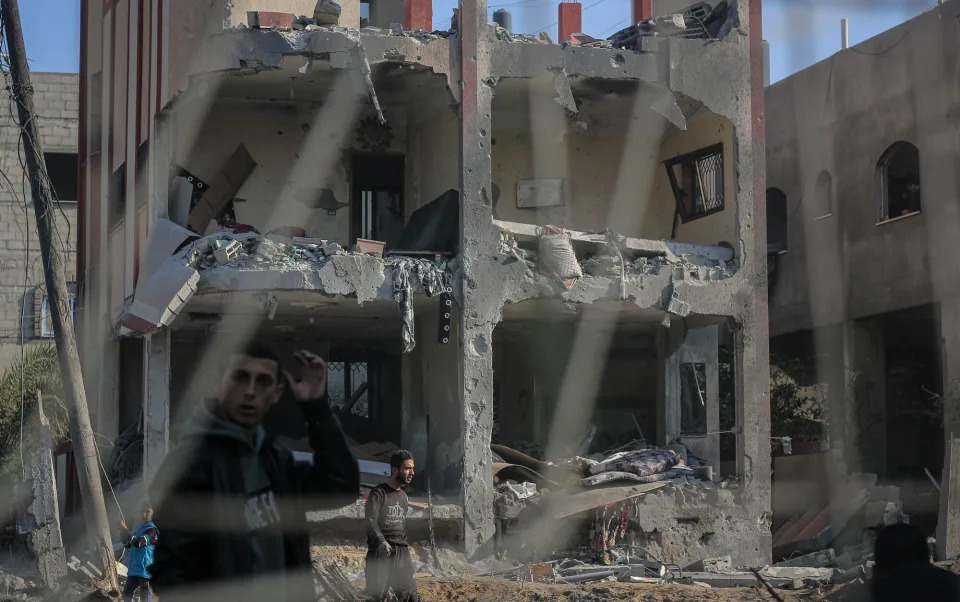
Khan Younis’s population of 200,000 has risen sharply since 1 million Palestinians were ordered out of North Gaza. UN-run shelters are 10-times oversubscribed and there are widespread shortages of food and water.
Aid groups on Monday demanded an immediate ceasefire, saying civilians had nowhere to hide from the conflict.
“The level of human suffering is intolerable,” said Mirjana Spoljaric, the president of the International Committee of the Red Cross, who visited Gaza on Monday.
‘Utterly relentless bombardments’
James Elder, a spokesman for Unicef, said Khan Younis had endured a “night of utterly relentless bombardments”.
“I don’t think there was a period of more than five minutes throughout the course of the night where something wasn’t flying overhead or the sky being lit up,” he said.
Save the Children warned “there is nowhere safe” in the enclave as Israel intensifies its military operations.
“Families are being warned by Israeli authorities to move, once again, forcibly displacing them into smaller and smaller areas with no guarantee of safety or return,” said Jason Lee, the charity’s country director for the Palestinian Territories.
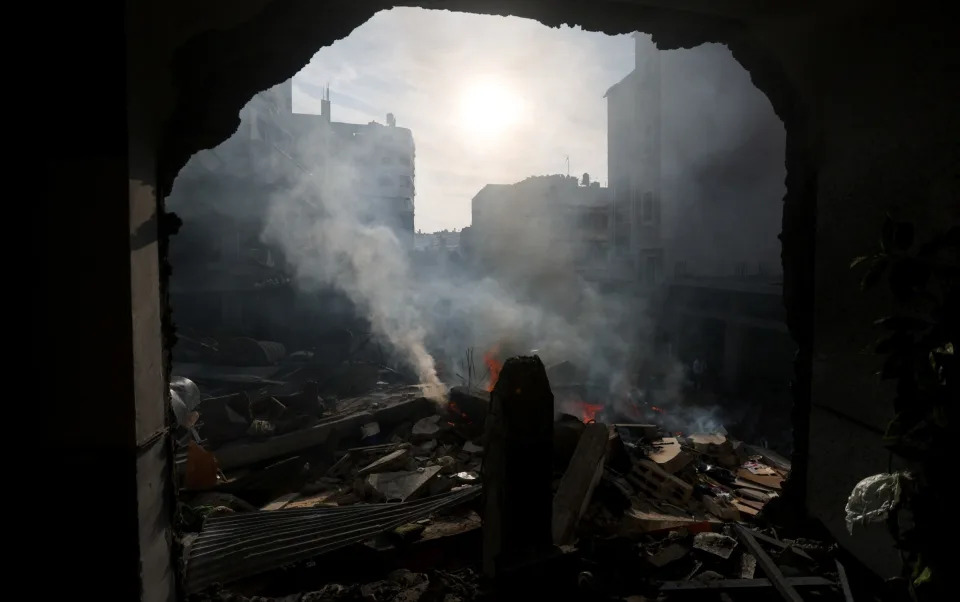
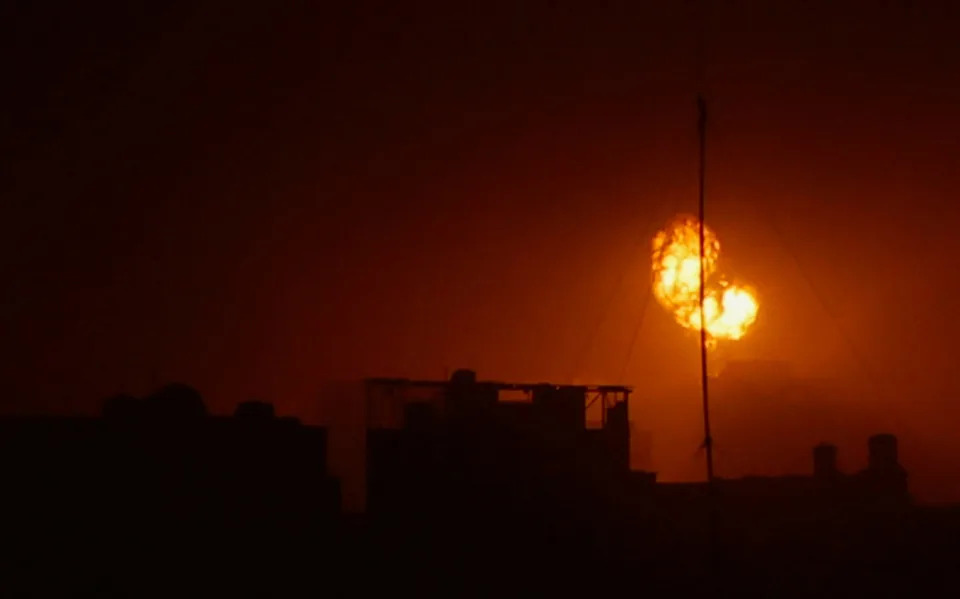
Meanwhile, in Israel, families of the remaining hostages were pressing the government to resume talks to save their relatives.
Daniel Lifshitz, the grandson of kidnapped Oded Lifshitz and Yocheved Lifshitz, who was later released from captivity, said relatives were urging the cabinet to go back to talks “without any delay and at any costs”.
Oded Liftshitz, 83, remains missing, presumed to be one of the estimated 140 captives still being held in the Gaza Strip.
Families of the hostages planned to stage a sit-in outside the IDF headquarters in Tel Aviv on Monday evening and stay there until talks are resumed.
Under an agreement between Israel and Hamas, 80 Israeli hostages were released in exchange for three times as many Palestinian prisoners during a seven-day truce that ended on Friday. Another 25, mostly Thais, were freed separately.


